Artemisia Tea
16 in stock
- Has the ability to soothe small fevers
- Interesting antioxidant properties
- Contains artemisia Annua has been shown to be curatively effective against severe forms of malaria
- Has strong analgesic and antipyretic effects
>>>Read More
5,990CFA
16 in stock
ARTEMISIA TEA
Natural herbal tea against malaria
Benefits Of Artemisia tea
Artemisia tea has the ability to soothe small fevers
Artemisia tea contains interesting antioxidant properties
Artemisia tea contains Artemisia Annua has been shown to be curatively effective against severe forms of malaria
Artemisia tea has strong analgesic and antipyretic effects
Malaria is a potentially fatal parasitic disease transmitted by mosquitoes. The disease was originally thought to originate in swampy areas, hence the name malaria derived from the ancient word ‘malaria‘, swamp. In 1880, scientists discovered the true cause of malaria, a single-cell parasite called plasmodium. They then discovered that the parasite was transmitted from one person to another through the bites of a female Anopheles mosquito, which needs blood to feed its eggs. Currently, about 40% of the world’s population, mostly in the world’s poorest countries, is exposed to malaria. The disease was once more widespread but was eliminated in many temperate countries in the mid-twentieth century. Malaria now affects tropical and subtropical regions.
It is responsible for more than 300 million cases of acute illness and at least one million deaths each year. Ninety percent of malaria deaths occur in Africa, south of the Sahara, mainly among young children. Many children who survive an attack of severe malaria may have learning disabilities or brain damage. Pregnant women and their unborn children are also particularly vulnerable to malaria, a major cause of perinatal mortality, low birth weight and maternal anemia.
There are four types of plasmodium. The falciparum is the most severe of these and in acute forms can lead to the rapid death of the patient. Plasmodium falciparum malaria is widespread in sub-Saharan Africa where it is largely responsible for the extremely high mortality rate. There are worrying signs of its spread to new areas and its resurgence in areas where it had been eliminated. Plasmodium enters the body of the human host during the contaminated Anopheles blood meal. It then undergoes a series of transformations by contaminating the red blood cells and liver and finally takes a form capable of re-infecting a mosquito when it bites an infected person. In the mosquito’s body, the parasite undergoes further transformations until it is able to re-infect a human host at the next blood meal 10 or 14 days later.
Symptoms of malaria appear about 9 to 14 days after the infected mosquito bite, although the incubation period varies depending on the species of Plasmodium. Generally, malaria is accompanied by fever, headache, aches and sometimes vomiting and other flu-like symptoms. In the absence of drugs or in the event of parasite resistance to available drugs, the infection can progress rapidly and become potentially fatal, notably by contaminating and destroying red blood cells (anemia) and by obstructing the capillaries that carry blood to the brain (cerebral malaria) and other vital organs (cerebral malaria).
Malaria is currently the main public health problem threatening the development of the poorest countries. Malaria parasites have become resistant to one drug after another and many insecticides no longer have any effect on the mosquitoes that transmit the disease. Science does not yet have the magic bullet against malaria and many doubt that a single solution will ever be found. However, there are strategies cost-effective treatment and prevention of malaria. The emergence of some of them, especially those using natural plant extracts, is confronted with the skepticism of some health professionals, who unknowingly consider it themselves as the best anti-malarial treatment. NG4L Anti-Malaria Tea is a natural anti-malarial tea whose effectiveness is proven and attested by health professionals, even those who constantly disapprove of the use of natural plants. In order to better understand such a contradiction, one should look at the natural ingredients of this therapeutic tea.
DECRIPTION Of NG4L Artemisia Tea: NG4L Anti-Malaria Tea(artemisia tea) is a therapeutic tea, made from natural herbs including Artemisia Annua (annual mugwort), an anti-malarial plant whose use has been certified by the WHO for the treatment of malaria. The natural mugwort is a plant belonging to the Asteraceae family (flowers with the particularity of being grouped together in flower heads, i.e. without a peduncle and grouped at the end of a branch). Chinese medicine, despite of the discredit of which it is victim in the Western countries today, already used this plant 200 years before Jesus Christ against the fever. It is indeed present in a Chinese formulation dating from 168 BC. Mugwort has been popularized in Europe, but it does not grow naturally. Today, mugwort is cultivated and used in the following ways for pharmaceutical purposes only. However, it was during the Vietnam War (1959- 1975) that the contemporary history of mugwort as a treatment began.
The North Vietnamese, communists, dug hundreds of kilometers of tunnels in the jungle to escape raids and American napalm strikes. Unfortunately, all of these tunnels collected runoff water, resulting in the rapid reproduction of malaria-carrying mosquitoes in the stagnant waters of the basements where the fighters were circulating. In fact, this scourge quantitatively caused more deaths than armed combat. In order to deal with this, Vietnamese leaders turned to their main ally, China, to find a solution. Naturally, the idea was to find the most effective way to stem the epidemic and logically China turned to the regions least affected by malaria, which led to the discovery of annual mugwort: indeed, it appears that as soon as the first symptoms of malaria appeared, the locals made an effective decoction of it, and above all without any notorious side effects. It was in 1972 that a Chinese researcher, trying to extract the active substance from mugwort, succeeded in isolating artemisinin, which nowadays, together with quinine, is the main active principle used for the treatment of plasmodium falciparum malaria.
PRESENTATION: box of 20 sachets of 5 g containing a complex of natural plants consisting of:
Brucea javanica – a shrub 1 to 3 m high, whose roots and fruits are used against diarrhea, dysentery and fever. The crushed leaves are used in medicine against fungus, scabies, boils, scolopendriosis bites and internal pain. The fruit of this plant has been used in traditional Indonesian and Chinese medicine and has shown antipyretic, anti-malarial and homeostasis properties.
Puerariae radix – Plant of Chinese origin with analgesic and antipyretic effects. According to laboratory studies, the essential oil extracted from this plant has particularly strong analgesic and antipyretic effects.
Oolong tea – Chinese tea with incomplete fermentation and quite low in caffeine, known for its ability to soothe small fevers. Furthermore, like all teas, oolong tea has interesting antioxidant properties.
Artemisia Annua – the main curative plant of this complex, it is the natural form of one of the most widely used therapies in medicine for the treatment of malaria.
HOW NG4L ANTI-MALARIA TEA WORKS
NG4L Artemisia Tea has both the healing properties of artemisinin and the symptomatic effects of the other plants that make up its formula,
notably Brucea Javanica, for its analgesic (calms pain) and antipyretic (lowers fever) properties. The Artemisia Annua would have two anti-malarial actions:
The first, scientifically proven: the parasite uses the hemoglobin in the blood, but rejects its heme (iron atom) in the blood. This is where the Artemisinin molecule comes into play: its peroxide group reacts with the iron atom, resulting in the synthesis of a free radical (very unstable atoms). The rejected free radical destroys the parasite’s membrane and eventually kills it. A free radical is normally devastating to health (arthritis, asthma, cataracts, and even cancer), but because of its lifespan, it can be very dangerous and can make you extremely weak (of the order of 4 or 5 minutes) it has just enough time to destroy the Plasmodium parasite before being disintegrated.
The second, not yet proven, is that the same peroxide group blocks an enzyme that allows the parasite to pump calcium from the blood, preventing it from growing.
Artemisia Annua has been shown to be curatively effective against severe forms of malaria (in particular against Plasmodium falciparum, which has become resistant to conventional drugs in many places). It is therefore a simple alternative within the reach of populations subjected to this scourge.
INDICATIONS: treatment of malaria
ADVANTAGES: Offers both symptomatic and curative treatment of malaria, even for relatively severe forms of P. falciparum.
| Weight | 85 g |
|---|
Based on 0 reviews
Be the first to review “Artemisia Tea” Cancel reply
Related products
-
All Products, Steaz Energy Drinks
Steaz Super Fruit Energy Drink
0 out of 5(0)- Elevates your energy and conscience
- Eliminates physical and psychological fatigue and muscle pain
- Strengthens the heart and cardiovascular system
- All natural – Nothing artificial – No preservatives!
>>>Read More
SKU: n/a -
All Products, Natural Supplements
Omega-3 EPA
0 out of 5(0)- Decreases risk of arrhythmias, which can lead to sudden cardiac death
- Decreases triglyceride and bad cholesterol levels
- Decreases growth rate of atherosclerotic plaque
- Can slightly lower blood pressure
- Helps to protect against heart disease
- Helps improve endocrine function
>>>Read More
SKU: n/a -
All Products, Multi-Vitamins
Anti-Stress with Zinc
0 out of 5(0)- Helps cope with stress and helps you relax and increase your quality of life
- It provides you with the nutrient content that will help you cope with the daily onslaughts of negativity that makes you react to stress the way you do.
>>>Read More
SKU: n/a

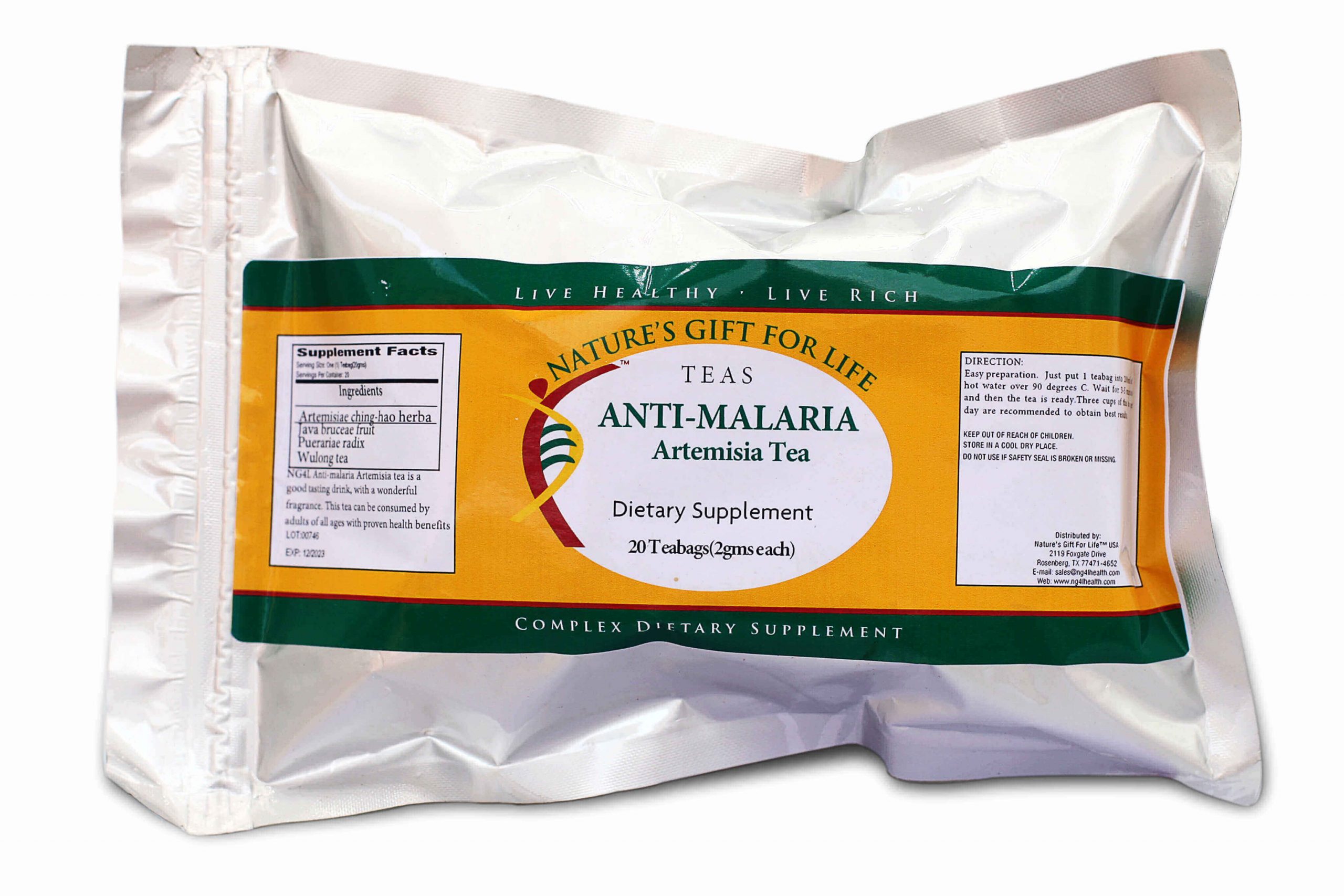
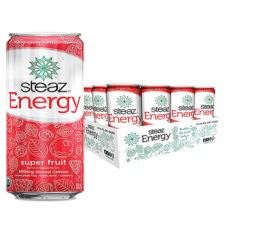
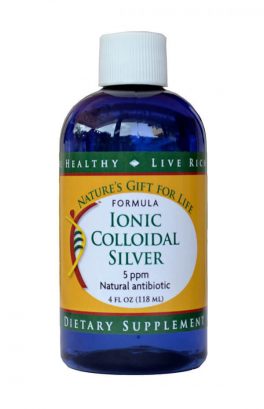
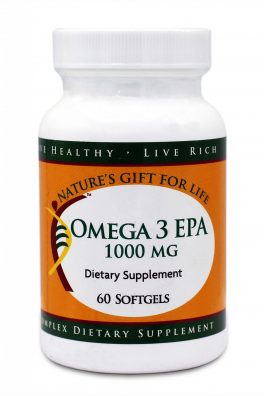
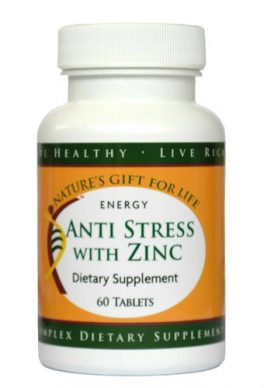
There are no reviews yet.